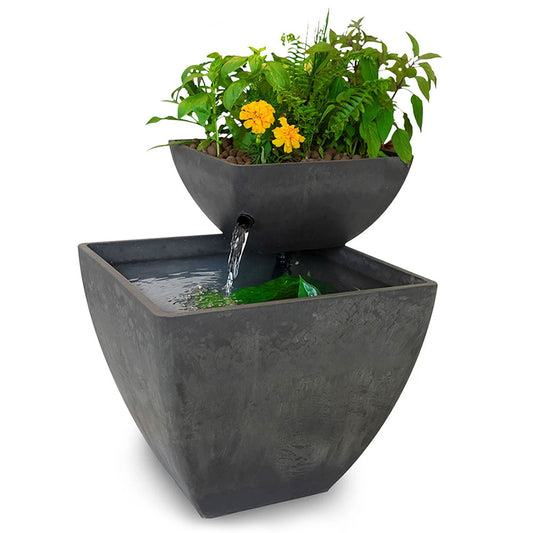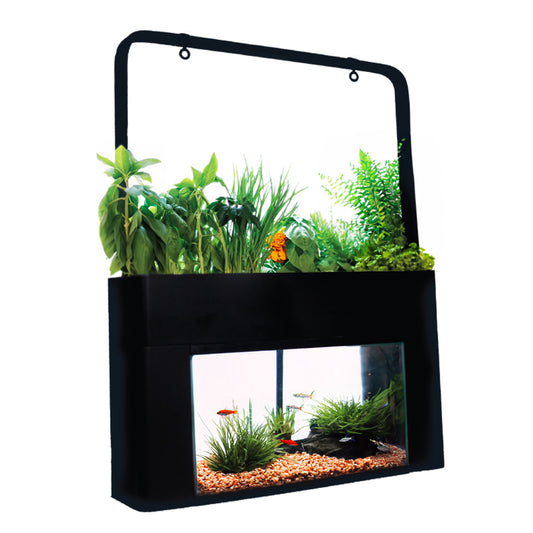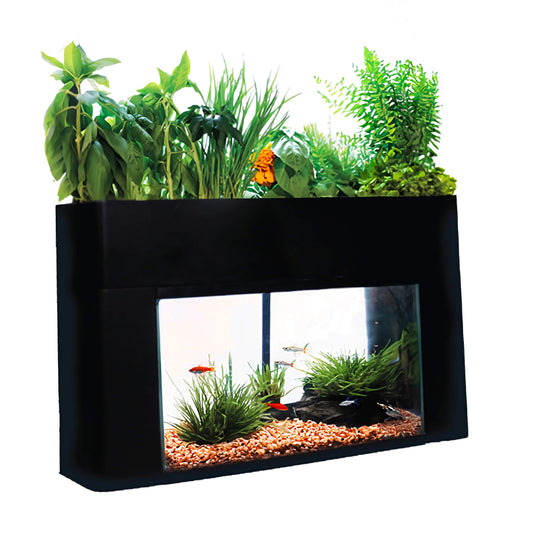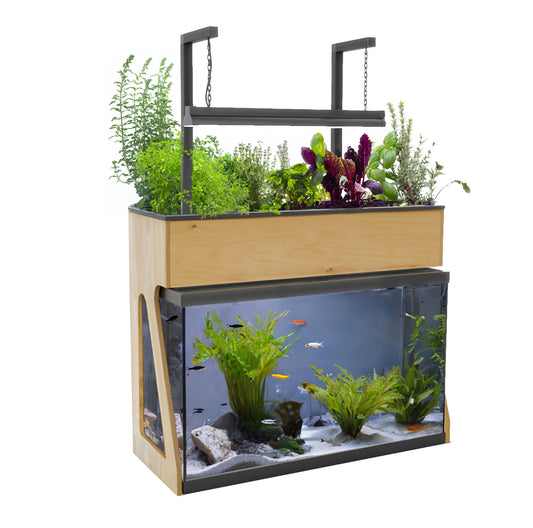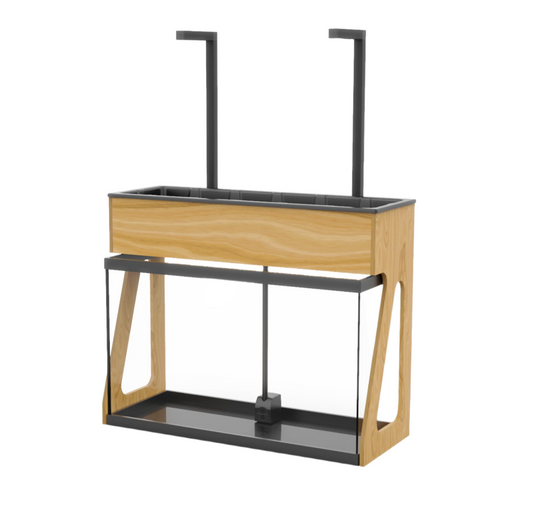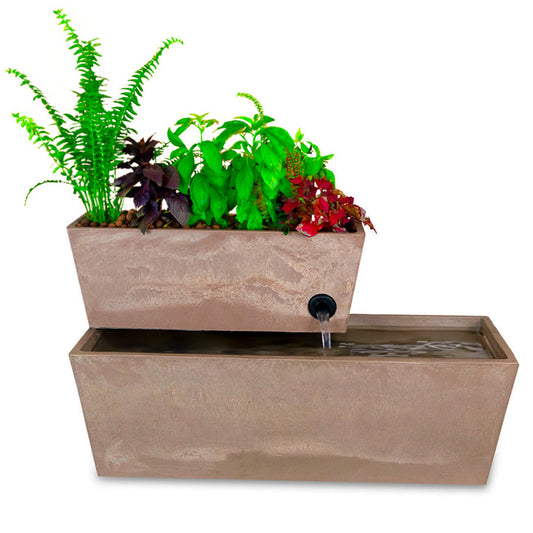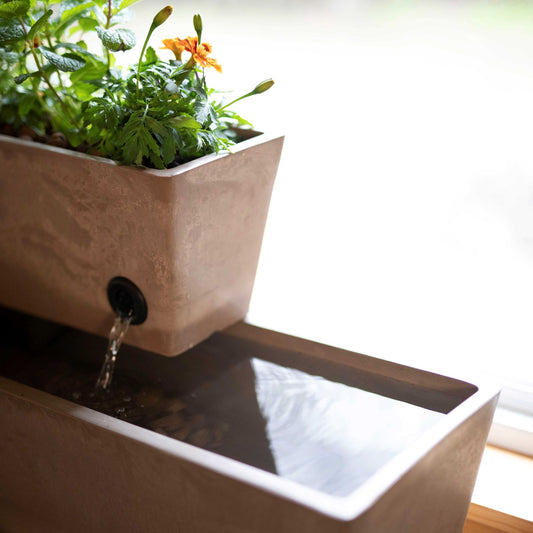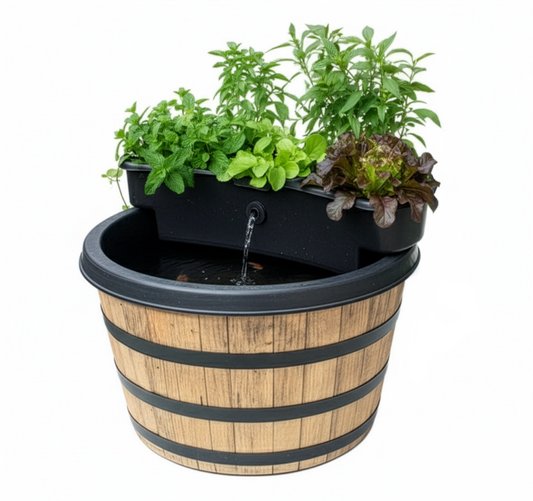The Importance of pH in Aquaponics: Balancing the Key to Success
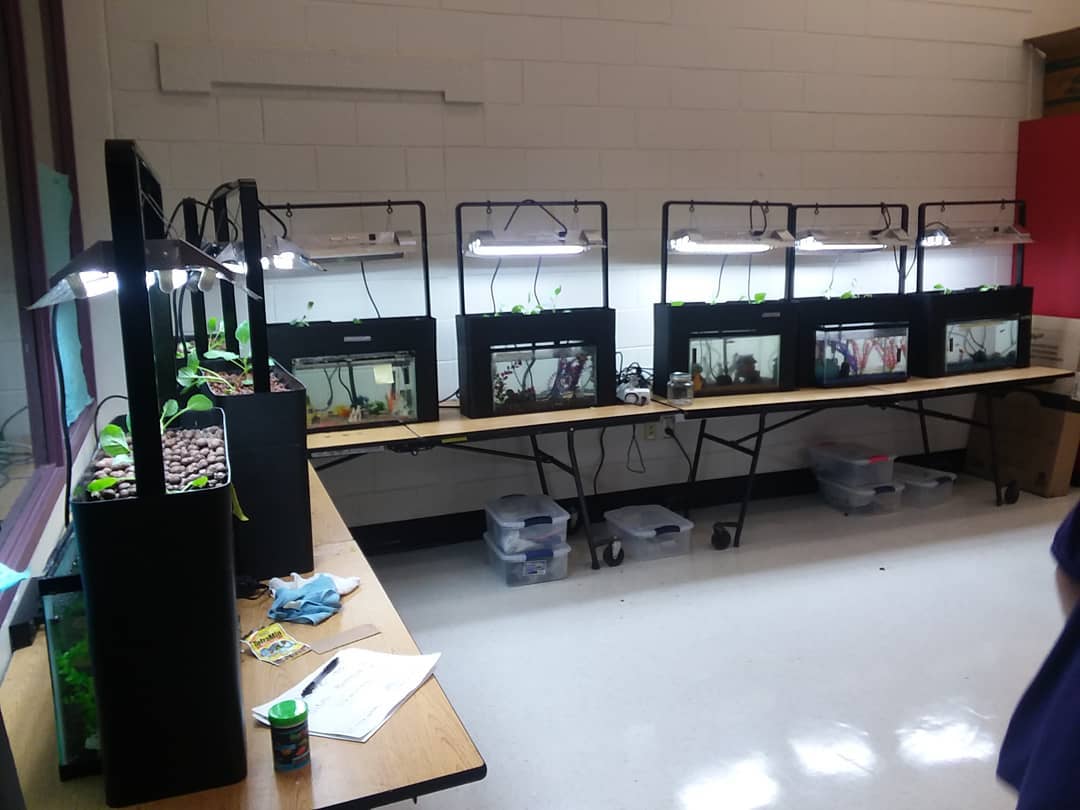
Aquaponics, the symbiotic integration of aquaculture and hydroponics, has gained significant popularity in recent years as an innovative and sustainable method of food production. In this closed-loop system, fish waste provides essential nutrients for plant growth, while the plants naturally filter the water for the fish. However, one crucial factor that determines the success of an aquaponics system is often overlooked: pH balance. In this blog post, we will explore the significance of pH in aquaponics and how maintaining the right pH level is vital for optimal plant growth and fish health.
Understanding pH in Aquaponics
pH is a measure of the acidity or alkalinity of a solution, represented on a scale of 0 to 14. A pH value of 7 indicates neutrality, while values below 7 are considered acidic, and values above 7 are alkaline. In aquaponics, maintaining a balanced pH level is critical because it directly affects the availability and uptake of nutrients by plants and the overall well-being of the fish.
Optimal pH for Plants
Plants have specific pH preferences for optimal nutrient absorption. Most vegetables and leafy greens prefer a slightly acidic to neutral pH range of 6.0 to 7.0. If the pH deviates from this range, essential nutrients may become unavailable to the plants, leading to stunted growth, nutrient deficiencies, and decreased yields. Additionally, extreme pH levels can disrupt the delicate balance of beneficial microorganisms that contribute to nutrient cycling in the system.
Impacts on Fish Health
Fish, as the other vital component of aquaponics, are highly sensitive to changes in pH. Different fish species have specific pH requirements to maintain their health and well-being. A pH level that deviates from their optimal range can stress the fish, weaken their immune system, and even lead to death in extreme cases. Therefore, ensuring the pH level remains within the suitable range for the fish species is crucial to their survival and growth.
Maintaining pH Balance
Achieving and maintaining the appropriate pH level in an aquaponics system requires regular monitoring and careful adjustments. Here are some essential tips for maintaining pH balance:
- Regular Testing: Invest in a reliable pH testing kit to monitor the pH levels of your system frequently. Testing should be done at least once a week, or more often if needed, to identify any fluctuations.
- Adjustments: If the pH level is too high (alkaline), it can be lowered by adding an acidifier, such as citric acid or phosphoric acid. Conversely, if the pH is too low (acidic), it can be raised by adding a base, such as potassium hydroxide or calcium carbonate. It's crucial to make gradual adjustments to avoid sudden pH swings that can be harmful to the fish and plants.
- Buffering: Incorporating a buffering agent, like crushed oyster shells or potassium bicarbonate, helps stabilize the pH level by preventing rapid changes. These buffers act as a reservoir, releasing or absorbing alkalinity as needed to maintain a steady pH.
- Water Source: The quality of your water source can significantly impact pH stability. If your water source has a high or low pH, consider using a water treatment method, such as reverse osmosis or adding natural buffers, to adjust and stabilize the pH before introducing it into the system.
In the world of aquaponics, pH balance plays a crucial role in the success of the system. Maintaining the optimal pH range ensures that plants receive the necessary nutrients for healthy growth, while fish thrive in their habitat. Regular monitoring, adjustments, and the use of buffering agents are essential practices for achieving and maintaining pH balance in an aquatic environment.

